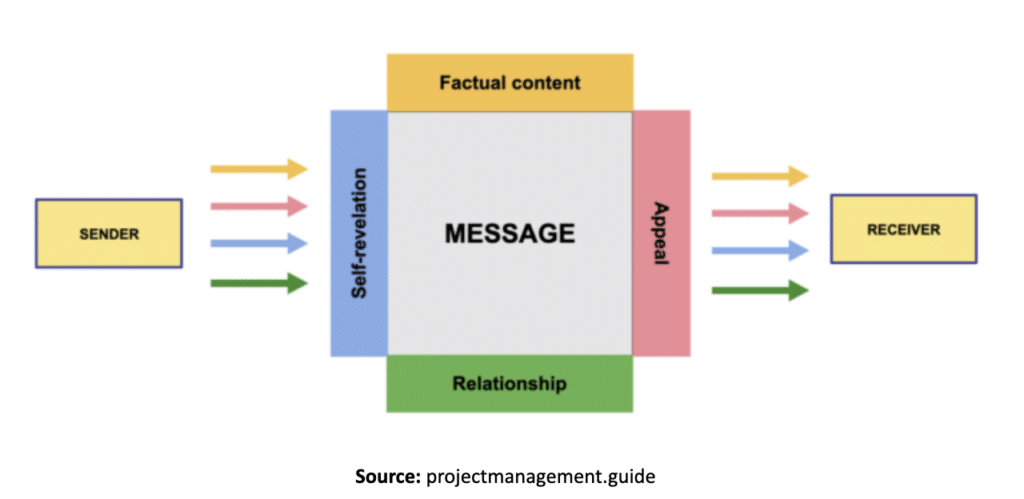It’s the unspoken fear lurking behind online reviews. Does requesting a review from customers make you a pest?
It can be frustrating if you’re forced to deal with these issues. You’ve done an incredible job for your customers. You’ve worked really hard, going above and beyond the call of duty. But your customers treat your hard work as if it’s the standard stuff you’re supposed to do.
That’s a problem.
In a way, they’re right. You should go out of your way to care for your customers. However, customers should also recognize your tireless efforts. When it’s time for you to request a review from your customers, they may not be as eager to share their review, which is problematic for you.
Do customers want to share a review with you?
A recent survey by the Sitel Group shared some interesting observations.
- 30% of consumers who have a negative customer experience say they would share it via social media or an online review
- 49% of consumers with a positive customer experience say they would share their experience via social media or online reviews
It seems that the majority of customers prefer to write positive reviews. How many customers are willing to write reviews in general?
Mike Blumenthal shared the results of a six-year survey from GatherUp. The findings are interesting:
- Fewer people report writing reviews regularly
- The trend of more and more US consumers writing reviews has not just stopped but reversed
- For two years running, nearly 40% report never writing reviews. This is up from 31.5% who never wrote reviews in 2017.
- 60% of consumers still indicated that they leave reviews for local businesses
- 13% do so very frequently, writing more than 6 reviews a year
The survey data seems to echos the findings from the Sitel Group. Consumers are less willing to write reviews, but most continue to share their reviews online.
Why customers don’t want to share reviews
There are lots of reasons.
Customers aren’t sure what to say; sometimes, they’re embarrassed that they can’t remember what you did for them. Other times they’re busy, and you’re requesting more effort from them than they want to invest at the moment. Occasionally, your customers disagree with your performance assessment; they don’t agree that you did a great job.
How are you supposed to address these issues?
You don’t.
It’s difficult to deal with all the hidden reasons for your customer’s resistance. It’s difficult for a variety of reasons:
- They’re probably not going to tell you the real reason why they won’t share a review
- The issues are outside of your control and difficult to fix
- Customers may have difficulty believing that you want to help them with their problems (i.e., they’re swamped at work; are you willing to help them with that?)
So how do you get customers to write reviews?
You use the feedback framework to shift your customer’s perspective, earn high-quality reviews, and increase your aggregate review rating.
How to get customers to write more reviews
There’s a subtle shift in perspective that needs to take place. Take a look at the two types of requests listed below and tell me if you see the hidden message behind these requests.
- Would you write us a review?
- Did we make you happy?
Did you catch it?
Here’s the subconscious message hidden in both of these requests.
- Would you write us a review? [Can you do me a favor?]
- Did we make you happy? [Are we doing a great job for you?]
This is the four-ears model at work.
The four what?
The Four Ears Model is a communication model created by German psychologist Friedemann Schulz von Thun. The Four Ears Model states that every message contains (at least) four messages.
- Factual information
- Self-revelation (what the sender’s message reveals about themselves)
- Relationship (between sender/recipient)
- Appeal (what the sender wants)
Here’s a diagram outlining the model.

What does this look like?
Imagine that Oriole, a fine restaurant in Chicago, reached out to customers and requested a review directly.
- Message: Would you write us a review?
- Fact: I’m asking you to write me a review
- Self-revelation: We deserve a positive review
- Appeal: Give me a 5-star review
This isn’t bad for Oriole, but their request is definitely focused on what they want: a review. Now let’s change things up a bit and modify their review request by focusing our attention on feedback.
- Message: Did we make you happy?
- Fact: Are you happy with our service?
- Self-revelation: I’m curious about our performance
- Appeal: Tell us about your experience tonight
Can you see the difference?
There’s a time and place for the first request, but it’s definitely one-sided. It’s all about Oriole. The second review request is oriented around shared values and culture. They want to see that they’re meeting customers’ expectations and the standards they’ve set for themselves.
It’s a big difference.
Don’t misunderstand, I’m not suggesting that one style is better than the other. Both of these approaches are essential, but they need to be used at the right time. One approach will be used more often than the other, but both styles are important must-haves in your request arsenal.
When do you use these?
Your behavioral outcome markers will tell you. Review requests are best if you’re approaching customers who are promoters (they have a strong relationship with your business). These customers:
- Are highly engaged: They respond to your text and emails; they tell you their likes and dislikes, and they call you out on poor decisions. They reward your company with their time, attention, and feedback. Sometimes their feedback is positive, sometimes it’s negative, but there’s always engagement.
- Admire your company: Beloved companies like Amazon, Tesla, Harley-Davidson, Apple, and Google are great examples. Their customers evangelize and promote these companies on their own, without compensation. Look for customers who display signs of love, admiration, and respect for your company.
- Have a strong relationship with your company. These customers have spent a significant amount of time with your company, or they’ve built a deep, results-driven relationship with you in a short period of time.
The direct approach (would you write us a review) works well here. Requests like these work well because they value your customer’s time; there’s a subtle acknowledgment of your relationship.
What about feedback requests?
This works well for relationships that aren’t quite established. Feedback requests work well if you’re working with customers who are passives or detractors.

Feedback requests work well because they keep the focus where it belongs, on the customer. It shows customers that you’re focused on providing them with the care, guidance, and protection they deserve. These requests help to build strong relationships.
Okay then.
The feedback framework tells us which type of requests we should use and when. It doesn’t tell us how often we should request a review from customers.
Is badgering customers with review requests a good idea?
It can be if it’s done properly.
It shouldn’t be done all at once. Bombarding your customers with 10 review requests after they’ve completed their order is a great way to burn the relationship, don’t do that.
Take it slow.
With new customers, send two to three feedback requests delaying them over the course of several days. Lead with questions ensuring that they know/understand what you’re looking for. Make it about them and the relationship. If they ghost you, let it go until their next purchase.
When they make another order, send two to three feedback requests again.
Repeat the process until they respond.
With established customers, send them one review request and two or three feedback requests, each delayed over the course of several days. Keep your review requests direct, and make your feedback requests about them. Remember, it’s all about the relationship. Do what you can to provide your customers with the care, guidance, and protection they need.
Be excellent to them.
If you’re willing to delay your response, you can send your customers review and feedback requests indefinitely.
Most of your customers want to share their reviews
The unspoken fear lurking behind online reviews doesn’t need to be a deterrent.
You should go out of your way to care for your customers; however, your efforts should also be recognized. When it’s time for you to request a review from your customers, they may not be as eager to share their review, which is problematic for you.
Make it about them.
Use the direct review request to ask for reviews; these work well because they value your customer’s time. It’s a subtle acknowledgment of the relationship you have with them.
Don’t have a strong relationship with customers yet?
Use feedback requests to keep the focus where it belongs, on the customer. Show customers that you’re focused on providing them with the care, guidance, and protection they deserve. Use these requests to build strong relationships, and you’ll find you can request reviews and feedback indefinitely without feeling like a pest.








